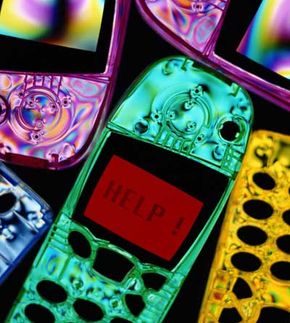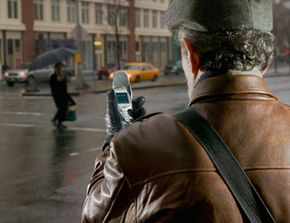One early fall morning, an Oklahoma woman came close to death. Soon after Shannon Haight pulled her car into the company parking lot, a man approached her and asked for directions. The next thing she knew, she was fighting for her life. The man, wanted in another state for rape and kidnapping charges, shoved Haight into his trunk and drove away.
Luckily, Haight was prepared. She had a weapon. Still in the trunk, she reached into her purse and pulled out -- a cell phone?
Advertisement
Thanks to her quick thinking, the frantic woman was able to get help by dialing her boyfriend, who notified 911. Less than an hour after being forced into a strange car, Haight was safe, and the criminal was on his way to prison.
Stories like Haight's are popping up all around the world. Wireless technology isn't just a convenient luxury anymore; it's a powerful tool for preventing crime. People equipped with camera phones can snap pictures of crimes in progress and beam them to the authorities, and witnesses hesitant to call in crime tips can communicate through text messages.
Cell phones aren't the only wireless weapon. Wireless surveillance cameras, GPS systems and Internet networks increasingly are being used by crime-fighting units from Dallas to Denmark.
With the introduction of in-car computers, police officers who used to spend hours filing reports at the station can now write them in a few hours from their patrol cars. One study conducted by a wireless network provider determined that a policeman assisted by a highly connected network equals the output of five police officers without one [source: BearCom].
Pocket-size PDAs allow police officers to send and receive photos, verify IDs and monitor radio calls. Now, when an officer pulls someone over, he can easily input the person's name, license number or photo into the device and receive a report verifying the person's identity within minutes. In-car computers connected to the network offer the same flexibility. Before such technology was available, officers often had to wait days to get any sort of important information, forcing them to release probable criminals.
Find out how photos are fighting crime on the next page.
Advertisement



